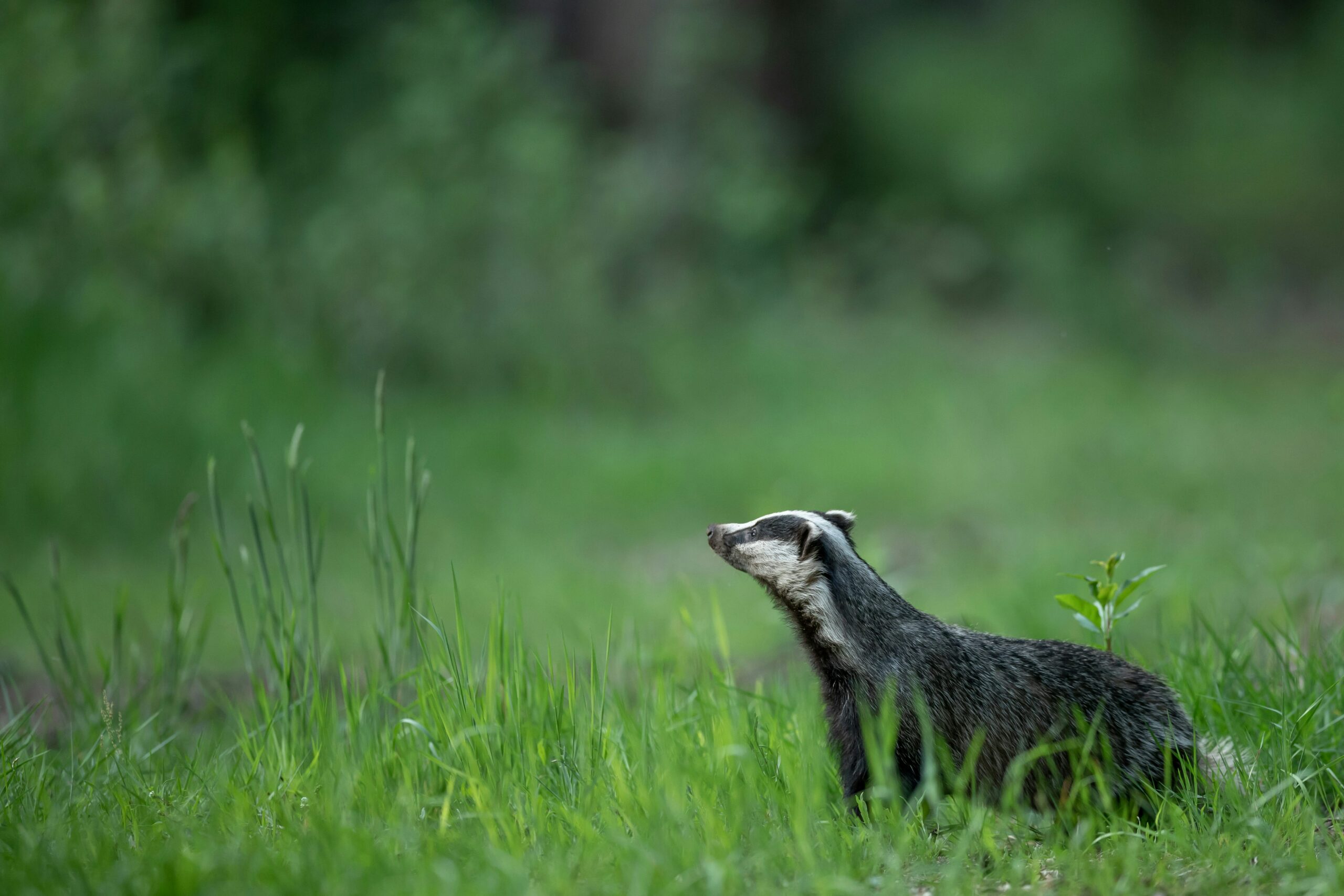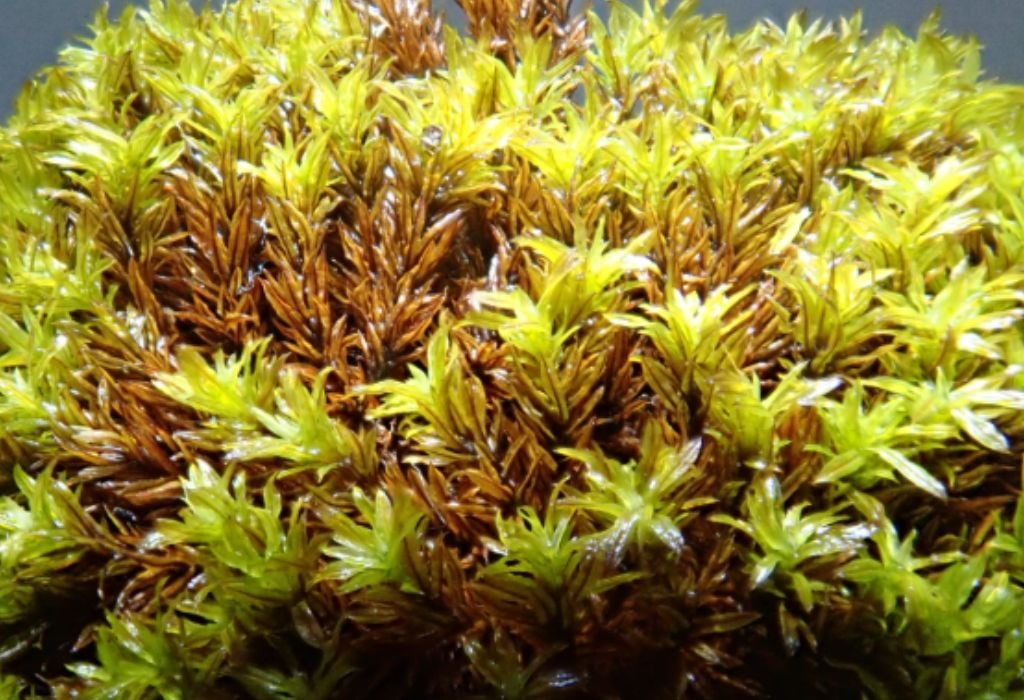
Did you know Cornwall Gold is home to a very rare, very unique plant? Just a stone’s throw from the Tolgus Tin Mill there is a protected piece of land on our site where a rare moss, called Metallophytic Bryophyte, is flourishing. Unbelievably, these protected plants are able to grow in the poison-riddled soils close to the ancient mill.
For thousands of years, tin mills and mines would disregard tons of soil (once the tin was extracted) and throw it onto the surrounding land even though it was high in toxins such as arsenic and cyanide. Although normally poisonous to humans, this toxic soil encouraged the growth of a rare native moss – the Metallophytic Bryophyte. But if this wasn’t miraculous enough, the wonder of nature didn’t stop there!
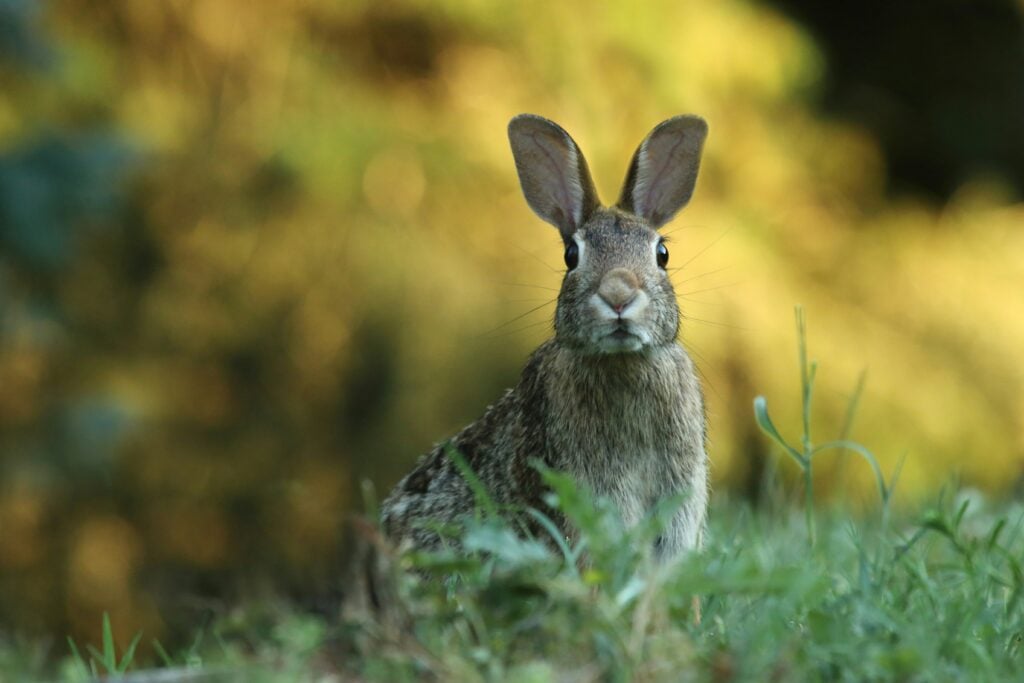
A Little Help From Rabbits
Creating a habitat for Metallophytic Bryophyte: The moss can only grow on bare substrates that are high in heavy metals and is therefore confined to the old waste produced by the works. As the density of coarse vegetation has developed, exposures to the heavy metals in the soil have gradually declined and the specialist metallophytes have. But thanks to rabbits and their hidden networks of burrows, a dynamic patchwork of metal-rich soil becomes exposed. In these shaded conditions, the moss can thrive again, particularly within burrow entrances.
Colonising the moss: brushing their fur as they go through the entrances, rabbits pick up thousands of gemmae (single cells that detach from the parent and develop into a new individual plant) which they then carry and expose to more areas of heavy metal soil.
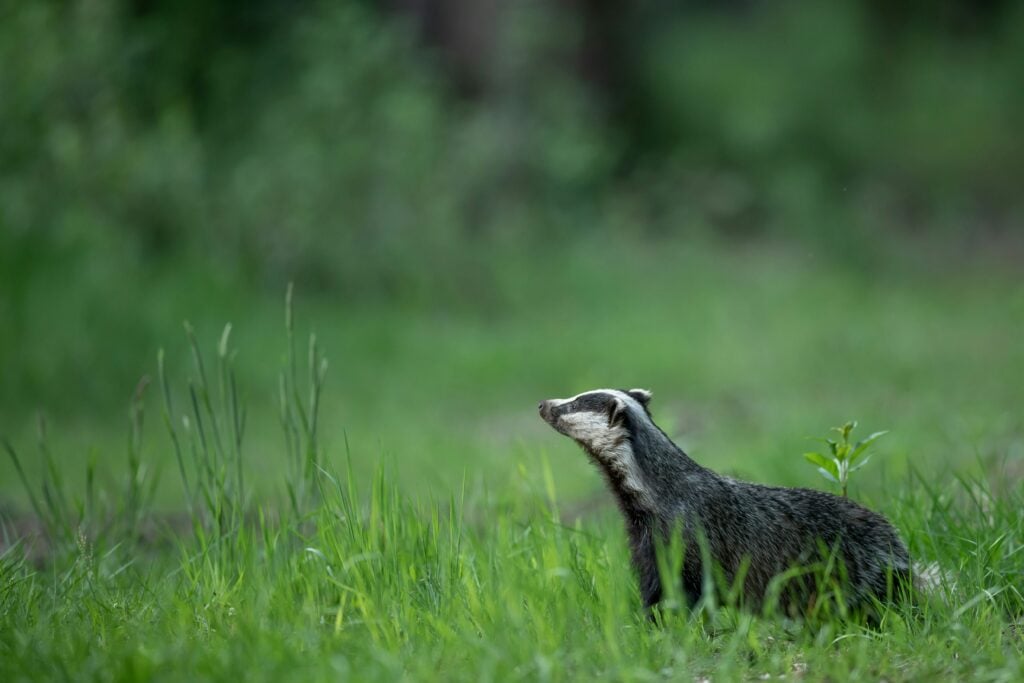
Thriving Badgers
The protection of this moss and the land it grows on has in turn led to further biodiversity such as the large badger colony that now lives peacefully in the north end of Tolgus.
Who would have thought that one of this industrial mill’s legacies has proven to be the accidental protection of Cornwall’s wildlife? Today the Bryophytes, and the badgers, can thrive without any human interaction and we are proud to be looking after one of these protected areas right here at Cornwall Gold.
We find it amazing that the poisonous soils, created as a direct consequence of tin milling, have in turn created and sustained new life hundreds of years later!
Head along the Tolgus Trail, which runs 2.2 miles from Cornwall Gold to the beach at Portreath, and you will be able to see this area just as you begin the walk on the right-hand side.
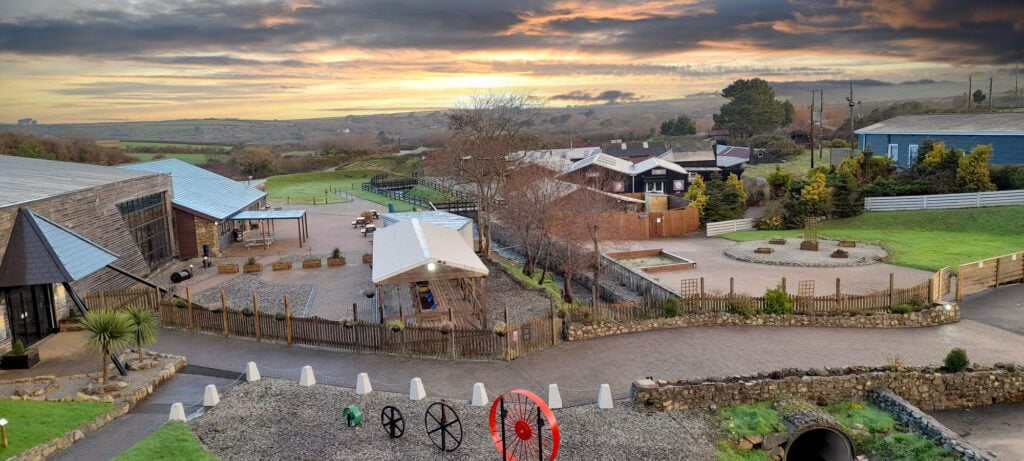
Find out more about our Tolgus Tin Mill here.
Discover our new interactive exhibition inside Cornwall Gold.

